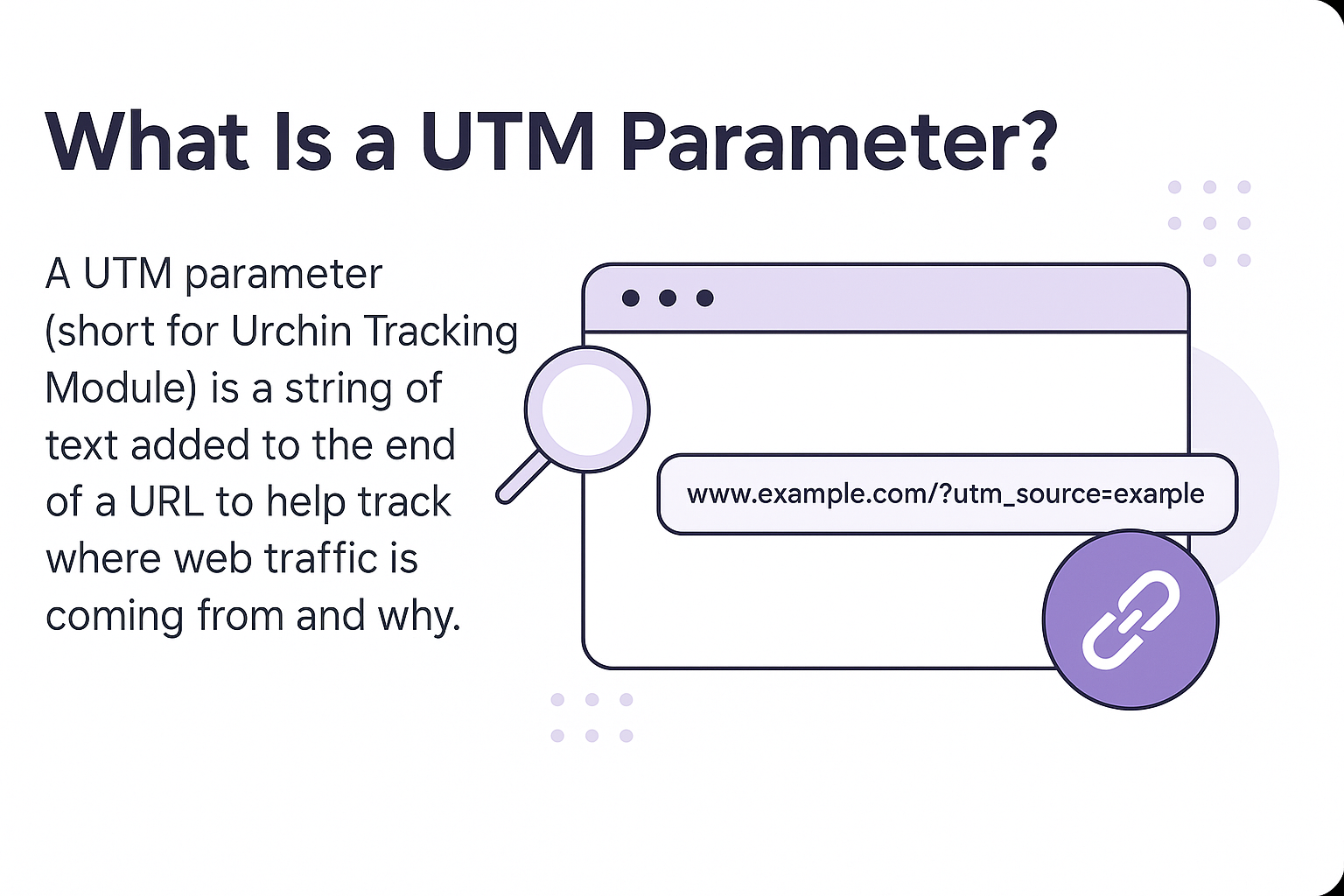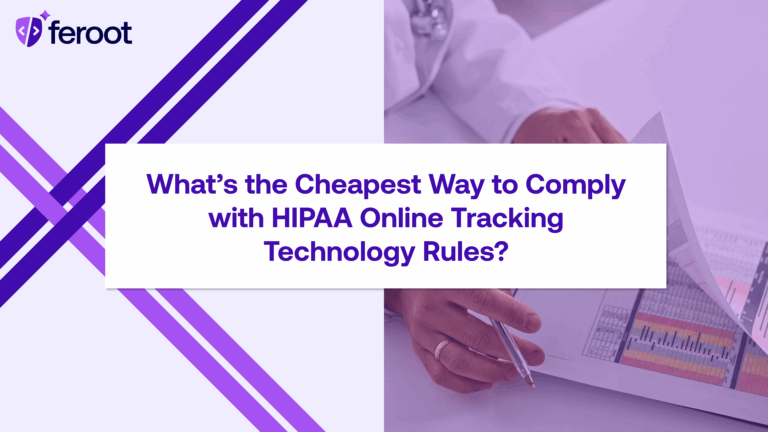Summary
- UTM parameters are snippets added to URLs to track the source and performance of web traffic.
- Commonly used in digital marketing and analytics tools like Google Analytics.
- Can unintentionally expose sensitive data when combined with tracking pixels or PHI.
- Pose HIPAA compliance risks when used in healthcare settings without safeguards.
- Should be monitored closely as part of online tracking technology (OTT) risk audits.

What Is a UTM Parameter?
A UTM parameter (short for Urchin Tracking Module) is a string of text added to the end of a URL to help track where web traffic is coming from and why.
For example:

In this example, the UTM tells analytics tools that the user arrived from a Facebook ad as part of the “flu-clinic” campaign. These parameters are widely used in tools like Google Analytics, HubSpot, and Meta Ads Manager to measure marketing performance.
What Do UTM Parameters Track?
Standard UTM parameters include:
- utm_source – Where the traffic came from (e.g., newsletter, Facebook)
- utm_medium – The marketing medium (e.g., email, CPC, display)
- utm_campaign – The campaign name or promotion
- utm_term – Optional keyword or search term data
- utm_content – Optional version or link-level detail (A/B tests, button vs. text link)
These values don’t affect page functionality but do appear in URLs and browser address bars, which is where the privacy concerns begin—especially in regulated industries like healthcare.
Are UTM Parameters Considered Part of Online Tracking Technologies (OTT)?
Yes. UTM parameters are part of the broader category of online tracking technologies (OTT). While they are not tracking pixels themselves, they interact directly with pixels, cookies, and JavaScript-based analytics scripts, passing campaign and sometimes user-identifiable data into tools like Google Analytics or Meta Pixel.
This becomes a problem when:
- UTMs include PHI or identifying patient terms (e.g., diagnosis, names, emails)
- The URL is loaded by a third-party script like Meta Pixel or Google Tag Manager
- The page includes a form, appointment scheduler, or telehealth access point
In these cases, UTM parameters can inadvertently expose protected health information (PHI) to third-party vendors, triggering HIPAA violations.
What Are the HIPAA Risks of Using UTM Parameters?
HIPAA doesn’t ban UTM parameters—but it does prohibit disclosing PHI to unauthorized third parties without patient consent. If a URL includes health-related identifiers (like condition names or patient IDs) and is paired with UTM data that’s picked up by a third-party tracker, that may count as an unauthorized disclosure.
For example:

If this page contains a Meta Pixel, that UTM+name combination may be transmitted to Meta, violating HIPAA.
In 2022–2024, multiple health systems were sued and fined after using tracking pixels and UTMs in appointment pages, patient portals, and online forms. Regulators consider this a failure to implement reasonable safeguards under the HIPAA Security Rule.
FAQ
Can UTM parameters contain PHI?
They shouldn’t—but they sometimes do by accident. Teams must avoid including names, patient IDs, or condition details in query strings. PHI should never appear in a URL, UTM or otherwise.
Do I need a BAA with my analytics vendor if I use UTMs?
If UTM data might be combined with PHI and shared with third-party platforms like Google Analytics or Meta, a Business Associate Agreement (BAA) is required. Most of these platforms do not sign BAAs.
How can healthcare organizations safely use UTMs?
Use UTMs only for anonymous campaign tracking. Avoid embedding them in links tied to login pages, forms, or PHI-related workflows. Monitor third-party scripts and use a compliance-aware tag manager or client-side security solution.
Conclusion
UTM parameters are a valuable tool for marketing analytics—but in healthcare, they come with serious compliance risks. When UTMs are used alongside tracking pixels, scripts, or online scheduling forms, they can expose sensitive patient data to unauthorized third parties.
Healthcare organizations must:
- Scrub PHI from all URLs and campaign links
- Limit UTM use on PHI-sensitive pages
- Audit client-side activity for OTT and tracking exposures
- Consider using privacy-first analytics or security tools to block risky behavior
As regulatory enforcement around online tracking technologies increases, understanding how UTMs fit into your compliance strategy is more important than ever.


